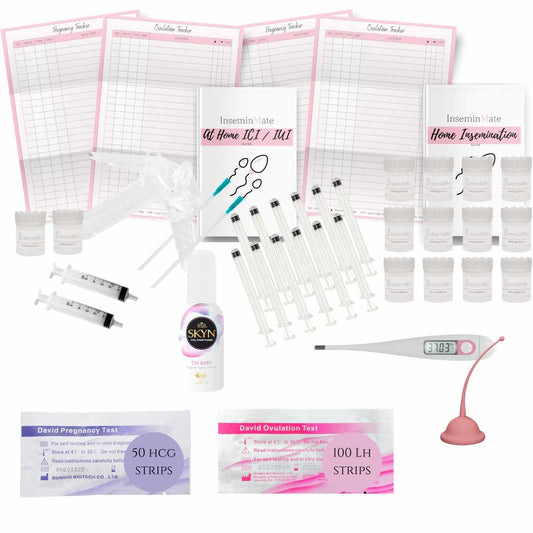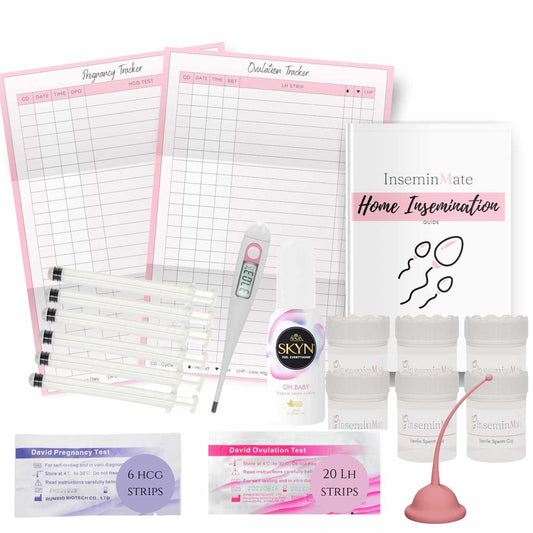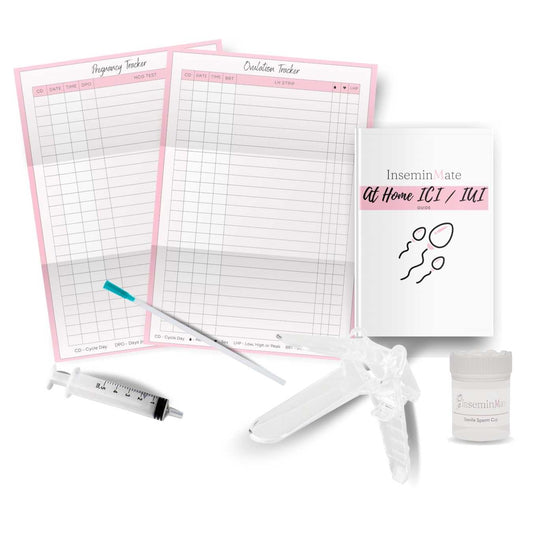When trying to conceive, individuals and couples have the option to pursue assisted reproductive techniques in a clinical setting or consider home insemination. In this blog post, we will explore the success rates of home insemination and specifically focus on the differences between general home insemination and Intra-Cervical Insemination (ICI) performed at home. By understanding these success rates, you can make informed decisions about the most suitable method for your fertility journey.
Home Insemination: Home insemination refers to the process of attempting to conceive at home using a DIY approach. It involves using a syringe or an insemination kit to deposit sperm into the vagina during the fertile window of the menstrual cycle. Success rates for home insemination can vary, but they generally hover around 10-15% per menstrual cycle when performed during peak periods in the individual's cycle.
Factors such as the timing of insemination in relation to ovulation, the overall fertility health of the individual, and the quality of the sperm can influence the success rate of home insemination. It's important to carefully track your menstrual cycle and identify the fertile window to optimize the chances of conception.
ICI Home Insemination: Intra-Cervical Insemination (ICI) is a specific form of home insemination where unwashed, liquified semen is loaded into a syringe designed for ICI. The syringe is inserted into the vagina and slowly emptied near the cervix. The success rate of ICI at home can range from approximately 5% to 30% per cycle, depending on various factors.
Just like with general home insemination, the success of ICI performed at home relies on factors such as the individual's age, overall fertility health, sperm quality, and timing in relation to ovulation. These factors contribute to the variability in success rates.
When considering home insemination, it's important to understand that success rates are generally lower compared to assisted reproductive techniques performed in a clinical setting. Both general home insemination and ICI home insemination offer individuals and couples the opportunity to pursue a more private and convenient approach to conception.
To optimize your chances of success, it's recommended to track your menstrual cycle, identify your fertile window, and ensure the quality of the sperm being used. However, it's crucial to remember that success rates can vary greatly based on individual circumstances.
If you have concerns or questions about your fertility or the most suitable method for you, it's always best to consult with a fertility specialist or reproductive endocrinologist. They can provide personalized guidance, evaluate your specific fertility factors, and help you make informed decisions about the most appropriate approach to achieve your goal of conception.




